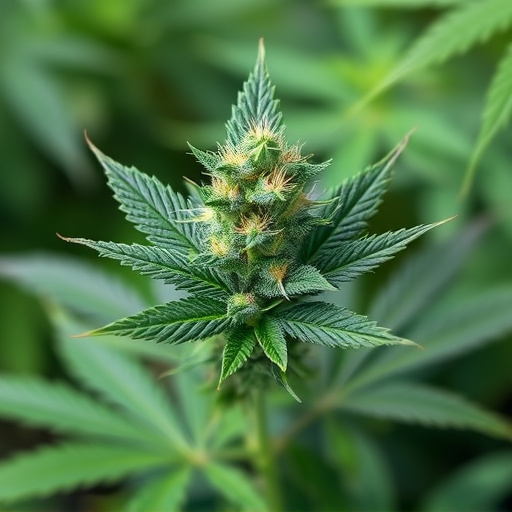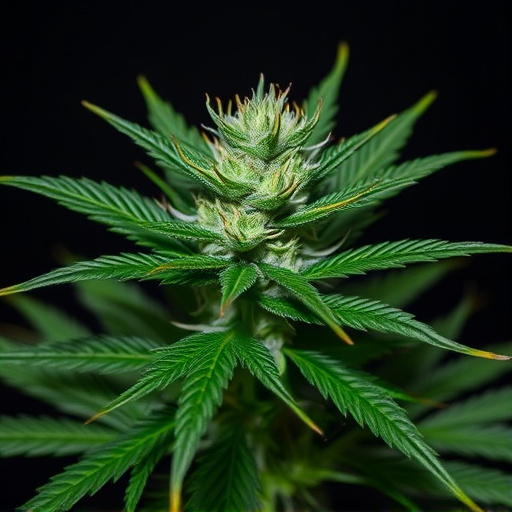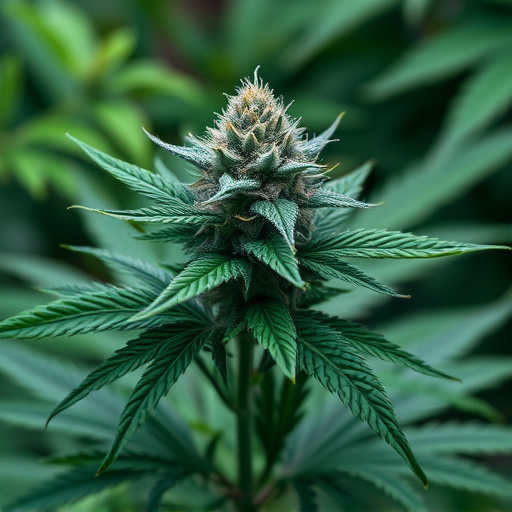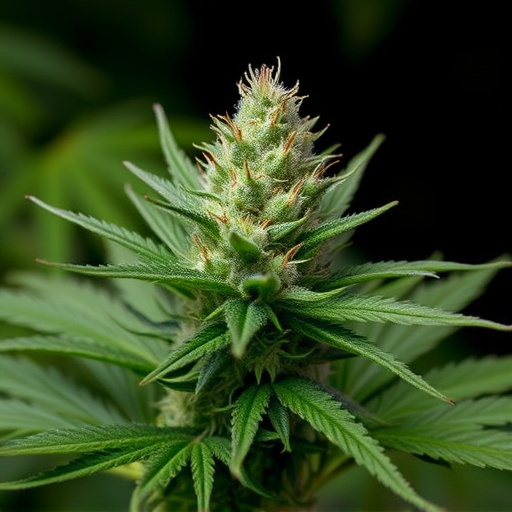The best strains of medical cannabis are chosen based on their cannabinoid profiles, with high-CBD strains offering anxiety relief and pain management without psychoactivity, while THC-rich strains treat insomnia and appetite loss. Indica-dominant varieties are popular for sedative effects and pain relief, while Sativa boosts energy. Hybrid strains offer a balance. Individual preferences and desired outcomes determine the best strain, with healthcare professional consultation crucial for safety and effectiveness in medical cannabis use. Ongoing research highlights cannabis compounds' promise.
Cannabis flowers, with their complex chemical composition, offer a wide range of effects on mood and emotions. This article explores how different strains can positively impact well-being, providing relief from stress, anxiety, and depression. We delve into the science behind cannabinoids like THC and CBD, highlighting the best strains of medical cannabis for specific conditions. Additionally, safety considerations are discussed to ensure effective and responsible use.
- Understanding the Cannabis Flower and its Chemical Composition
- The Impact of Different Strains on Mood and Emotions
- Medical Uses and Considerations for Safety and Effectiveness
Understanding the Cannabis Flower and its Chemical Composition
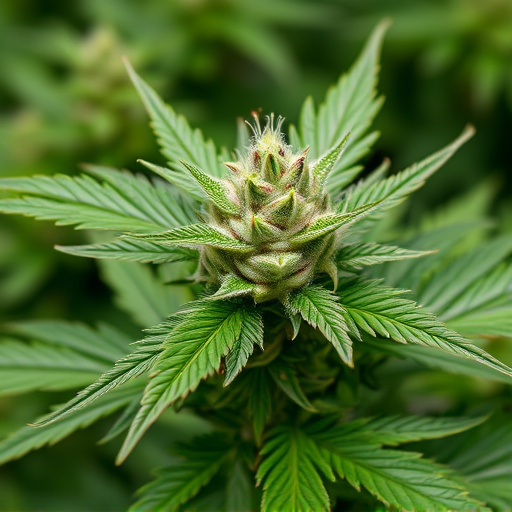
Cannabis flowers, also known as bud or marijuana, are the most well-known and sought-after part of the plant for various medicinal and recreational purposes. These flowers contain a complex array of chemical compounds, primarily cannabinoids, which are responsible for their unique effects on the human body and mind. Among these, tetrahydrocannabinol (THC) and cannabidiol (CBD) are two major players that have garnered significant attention in recent years.
The best strains of medical cannabis are often selected based on their high CBD or THC content, depending on the desired therapeutic effect. For instance, strains with higher CBD levels are popular for managing anxiety, pain, and inflammation without inducing psychoactive effects. On the other hand, THC-rich strains can be more effective in treating conditions like chronic pain, insomnia, and appetite loss, but they may also produce a “high” feeling. Understanding the chemical composition of different cannabis flowers allows consumers to make informed choices, ensuring they receive the most suitable treatment for their specific needs and preferences.
The Impact of Different Strains on Mood and Emotions
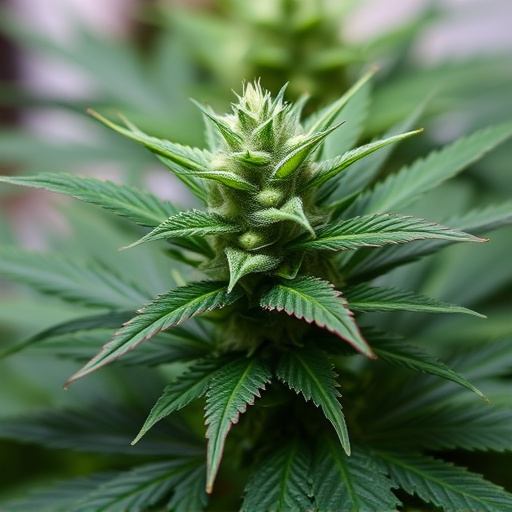
Cannabis flowers offer a diverse range of effects, and different strains can significantly impact mood and emotions due to their unique chemical compositions. Research suggests that specific cannabinoids and terpenes contribute to these changes. For instance, strains high in CBD (cannabidiol) are often associated with calming and anti-anxiety effects, making them popular choices for managing stress and promoting relaxation. On the other hand, those containing higher levels of THC (tetrahydrocannabinol) may induce feelings of euphoria and heightened sensory perception but can also lead to anxiety or paranoia in some individuals, emphasizing the importance of choosing the right strain for personal needs.
When exploring the best strains of medical cannabis for mood enhancement, several popular options emerge. Indica-dominant strains are renowned for their sedative properties, offering a sense of deep relaxation and potential pain relief. Sativa varieties, known for their uplifting and energizing effects, can boost mood and combat fatigue. Hybrid strains, with their balanced profiles, provide the best of both worlds, delivering both calming and invigorating sensations. Ultimately, selecting the appropriate strain depends on individual preferences and desired outcomes, ensuring a positive and beneficial cannabis experience.
Medical Uses and Considerations for Safety and Effectiveness
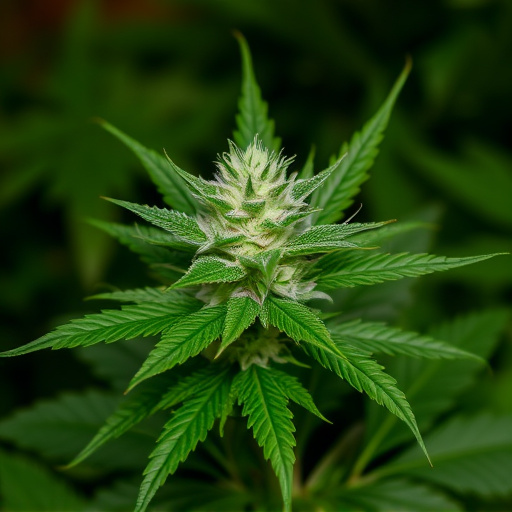
Medical cannabis has gained recognition for its potential therapeutic benefits, offering a range of treatments beyond its recreational use. When it comes to mood and emotion regulation, specific strains have proven effective in managing various mental health conditions. For instance, Indica-dominant varieties are often recommended for their calming effects, reducing anxiety and promoting relaxation. These strains contain higher levels of cannabinoids like THC and CBD, which interact with the endocannabinoid system, influencing neurotransmitters that play a role in mood regulation.
When considering medical cannabis as a treatment option, it’s crucial to consult healthcare professionals who can guide patients on choosing the best strains for their specific needs. The “best” strains vary depending on individual factors, including desired effects and condition being treated. Safety and effectiveness should be at the forefront, with proper dosage and administration methods recommended to avoid adverse reactions. Research into cannabis compounds continues to uncover promising results, but it’s essential to approach these natural remedies with informed care.
Cannabis flowers, with their diverse chemical profiles, exert significant influences on mood and emotions. Understanding the unique effects of different strains is crucial for both recreational and medicinal users seeking to optimize their experiences. Research highlights the potential of certain strains, like Indica and Sativa hybrids, in alleviating symptoms associated with stress, anxiety, and depression. However, individual responses vary greatly, emphasizing the importance of exploring and selecting the best strains of medical cannabis that align with personal needs. Always prioritizing safety and effectiveness through responsible use and professional guidance is essential in navigating this evolving landscape.








